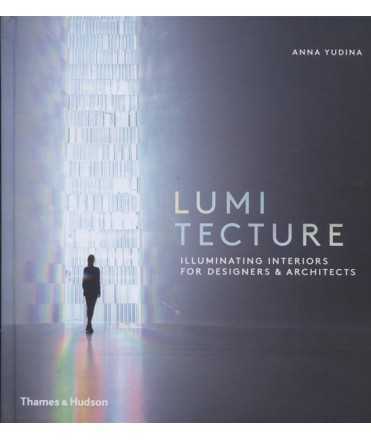Producto añadido correctamente a su carrito de la compra
Cantidad
Total
Hay 0 artículos en su carrito. Hay 1 artículo en su carrito.
Total productos:
Total envío: A determinar
Total
Seguir comprando Ir a la caja
- Menú
- Ofertas
- Tiendas
- Papelería
- Librería
- Espacios
- Gourmet
- Urban
- Juegos
- Singulares
- Informática
- Agenda
Producto añadido correctamente a su carrito de la compra
Cantidad
Total
Hay 0 artículos en su carrito. Hay 1 artículo en su carrito.
Total productos:
Total envío: A determinar
Total
Seguir comprando Ir a la caja
- Menú
- Ofertas
- Tiendas
- Papelería
- Librería
- Espacios
- Gourmet
- Urban
- Juegos
- Singulares
- Informática
- Agenda
Inicio > Librería>Arquitectura>Arquitectos y Proyectos>Lumitecture iluminating interiors for designers and architects
Lumitecture iluminating interiors for designers and architects
The role of light in architecture extends well beyond practical requirements. Light can create an environment, saturate a space with emotion, and compose spatial illusions. When manipulated in the right ways, light makes an architectural space livable, shapes it, and guides the inhabitant through it. As our homes and buildings become increasingly interactive and connected to the internet of things (where physical objects such as a lamp or microwave are programmed in the cloud), the creative possibilities for lighting are growing exponentially.
0000076745
| Autor | YUDINA, Anna |
| Editorial | Thames & Hudson |
Envío en 24-48 horas, días laborables
Devoluciones en 30 días
¿Tienes dudas? Tlf. 93 224 39 32


